



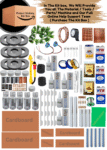

Natural Disaster Management Project For Earthquake Safety Based Magnetic Levitation House Project

Components Used: Magnetic Levitation System: Uses permanent magnets or electromagnets to lift the house model, allowing it to float above the base platform. Vibration Isolation Pads: Employs magnetic bearings or shock-absorbing materials to minimize the transfer of vibrations. Steel/Metal Frame or Structure: The house model’s structure, designed to represent the building. Sensors (optional): Seismic sensors to detect and measure vibrations or movements during simulation. Electromagnetic Coils: Used to stabilize and control the movement of the levitating model. Controller Circuit: A microcontroller or feedback system to manage the magnetic forces, ensuring stability during vibrations.
Working Principle: The house model is suspended using magnetic levitation (magnetic repulsion or attraction between magnets). When earthquake-like vibrations are simulated, the magnetic levitation system allows the house to float, reducing direct contact with the base, thus isolating the structure from the ground motion. Vibration isolators (magnetic bearings or dampers) absorb the shock and reduce the amplitude of oscillations that reach the house model. The control system adjusts the magnetic forces in real-time to ensure the house remains stable and centered, even during strong simulated shaking.
Key Features: Magnetic Vibration Isolation: A unique method to reduce seismic forces by suspending the structure and minimizing vibration transfer. Enhanced Stability: The floating effect ensures that the structure remains stable, even under simulated earthquake forces. Energy Absorption: The system absorbs the energy from seismic waves, preventing damage to the model. Minimal Ground Contact: Reduced friction and contact with the base platform ensures that vibrations are isolated, protecting the structure.
Applications: Earthquake-resistant Building Design: Demonstrates how magnetic isolation can be used to create buildings that are less susceptible to earthquake damage. Seismic Simulation: Useful for educational purposes, simulations, and demonstrating how buildings can be designed to resist seismic events. Structural Engineering: Can be applied to research in earthquake-resistant technologies, especially for high-risk regions.
Advantages: No Mechanical Wear: Since the house model is levitating, there is no physical contact with the surface, reducing wear and tear. Real-Time Adjustability: Magnetic levitation systems can adapt to changing conditions, making it suitable for different types of ground motion. Cost-Effective and Scalable: This technology can be scaled to protect larger structures without significant cost increases.
Challenges: Magnetic Field Control: Maintaining precise control over the magnetic forces to ensure stable levitation and avoid instability during strong shaking. Power Consumption: Electromagnetic levitation systems may require significant power, especially for larger models or structures. Size Limitations: The magnetic levitation system might be limited in terms of the size of the structure it can support effectively.
Working Demonstration: During an earthquake simulation, the house will be placed on a vibrating platform (representing the seismic waves). The house floats and remains stable due to the magnetic suspension, while the vibration energy is absorbed by the isolation system, preventing damage to the structure.
Conclusion: This project demonstrates a cutting-edge, innovative approach to earthquake resistance using magnetic vibration isolation. It showcases how magnetic forces can be used to protect buildings and structures from seismic damage, making it a valuable tool for future earthquake-resistant designs.
₹2,499.00 Original price was: ₹2,499.00.₹2,000.00Current price is: ₹2,000.00.
Natural disasters, especially earthquakes, can cause severe damage to buildings, leading to loss of life and property. The aim of this project is to demonstrate a simple yet effective way to protect a house from earthquake vibrations using magnetic levitation. By strategically placing magnets at the base of the structure, vibrations are absorbed, preventing them from reaching the house. This project also includes a vibration sensing circuit to detect the presence of vibrations, which can alert people to possible danger.
| 5 |
|
0 |
| 4 |
|
0 |
| 3 |
|
0 |
| 2 |
|
0 |
| 1 |
|
0 |
- Accident Prevention Project
- Arduino Bluetooth Controlled Car
- Arduino Security System
- Arduino Servo Door Lock
- Automation Learning Kit
- Beginner Robotics Project
- Best Electrical Project For Final Years
- DIY Robotics Kit
- eco friendly material science project
- Electrical Project
- Electrical project for final years students
- Electricity kit
- Emerging Technology Project
- Free Energy Based Inspire Award DIY Science Project
- Free Energy Project
- Generate Electricity By Waste Materials/Inspire Award Project/Generate Electricity By Trash
- Generate Electricity By Waste Materials/Inspire Award Project Kit Box/Generate Electricity By Plastic/Electricity From Garbage Project
- Generate Electricity by Waste Materials/Inspire Award Project Kit Box/Generate Electricity by Plastic and Pollurion Conword to Ink/Electricity from Garbage Project
- Generate Electricity by Waste Materials | High Power Electricity Generator
- Home Security Using Arduino
- Inspire Award Project
- Inspire Award Project for transport and Communication
- Inspire Award Project kit
- Inspire Manak Award Project
- IoT Based Access Control
- Line Following Robot
- national winner science project
- problem-solving product
- problems faced by military
- project Kit
- Rain Proof Stadium Project / Inspire Award project / Best Electrical Project For Final Years
- RC522 RFID Module Project
- real life problem-solving projects
- Real Life Problem Solving Project
- Resources Management Project
- RFID Card Reader Arduino
- Robotic Science Kit 101+ projects 134 Parts
- Safety for wild Animal Project kit/ Best Inspire Award Project Kit
- School Science Project
- science exhibition project
- Science Project Kit
- smart speed breaker project
- speed breaker project for school
- Transmission Line Overload Protection and Overload Sharing/Electrical Engineering Project
- Transport and Communication Project
Related Products
Transmission Line Fault Detection Project
Electrical Engineering Project Making Kit Box
Fault Detection In Transmission Line Project
Line To Ground Fault Detection
Three Phase Transmission Line Fault Detection Project
In This Project Kit Box We will Give You Only All Components And Parts And Extra Decoration Materials And Step By Step Videos 3D Circuit Diagram And Reading Pages With Synopsis File And Online Training Access
Solar Street Light School Science Project
Solar Street Light Project
LDR Solar Street Light
Automatic On/Off Solar Street Light
Automatic Solar Street Light School Science Project
It has been shown in this project that if the driver tries to sleep, as soon as he closes his eyes for more than 3 seconds, an alarm will start ringing which will make him open his eyes and if he still does not open his eyes, after that driver vehicle automatic stop and water will splash on his face which will open his eyes and then he will not try to sleep again.
Project Key Features: Waste Plastic Bag Collection: Plastic bags, which are typically waste material, are collected to prevent them from polluting the environment.
Electricity Generation: The plastic bags are burned to generate electricity. This process contributes to renewable energy production.
Pollution Control and Ink Production: The emissions released during the burning process are filtered and treated to create high-quality ink in an eco-friendly manner.
Road Construction Using Waste Materials: Recycled plastic bags and other waste materials are used to build sustainable roads. These roads are more durable and require less maintenance than traditional roads.
Environmental Benefits: The project helps reduce environmental pollution by efficiently managing waste and generating clean energy.
Economic Value: The recycling of plastic adds economic value, benefiting local economies and creating new jobs.
Sustainable Future: The project aims to create a more sustainable and eco-friendly future, where waste is properly utilized and environmental harm is minimized.
Project Benefits: Waste Management: Efficient disposal and utilization of waste plastic bags. Energy Generation: Clean, renewable energy production. Pollution Reduction: Emissions are controlled, and ink is produced in a safer, environmentally friendly way. Cost-Effective Infrastructure: Roads built from recycled materials are cost-effective and long-lasting. Environmental Impact: Reduces carbon footprint by providing eco-friendly solutions. This project offers a new perspective on waste management and sustainability, providing positive environmental impacts while supporting economic growth.
The name of this project is safety helmet. Mainly work of this project is safety of a rider. We make a connection between bike and helmet by using the sensors. When rider will wear the helmet then our bike start. If the rider will not wear the helmet then bike will not start. We use the indication system in the helmet also. Indication system will show you wear the helmet properly or not. So it’s good for safety purpose and we safe it from thief also. Because without helmet bike will not start.
The Cow Drone Safety system is a cutting-edge technology designed to improve the safety and well-being of cattle on farms. By utilizing drones equipped with advanced sensors and monitoring capabilities, this system aims to revolutionize the way farmers manage their livestock. In this project, we will explore the design, functionality, and potential benefits of the Cow Drone Safety system.
If You want to make more than one project then buy this project kit and Make Any 52 Type of Project by this project kit – For Example – Anti-gravity Structure/Gravity Battery/Tesla Coil/Smart Street Light/Automatic Night Lamp/Windmill Working Model/Solar Tracker/Automatic Hand Wash Machine//Smart Irrigation Project +More
“In this video, we introduce a revolutionary concept: the Life-Saving Stick for Farmers. Designed to ensure the safety of farmers working in fields, this stick incorporates a vibration motor and a micro pressure switch. When farmers traverse through their fields, the stick, upon touching the ground, activates the vibration motor through the pressure switch. This vibration, transmitted through the ground, serves as a deterrent for nearby snakes, effectively reducing the risk of snake encounters and ensuring the safety of our farmers.
In this step-by-step DIY guide, we demonstrate how to construct this innovative device, providing detailed instructions and tips for assembly. Join us in empowering farmers with this life-saving technology, enhancing their safety and peace of mind while they work tirelessly to feed our communities.
Introduction Of Project In This Project We show when vehicle cross the rood then breaker move and generate electricity ( here we convert mechanical power to electrical power ) so when electricity generate that electricity we store in battery and when night start that time that store power automatic go to street light and street light glowing so in this project we show how to generate electricity by speed breaker , If You Want to Only Watch Full Making Video Of Project Step by Step With Project File and Synopsis file.
Introduction: We have developed this project based on India’s Chandrayaan mission. This project is a part of a professional and technical campaign showcasing India’s presence in international space exploration. In this project, we have created a model based on the fundamental concepts of the Chandrayaan mission.
Welcome to our Smart Inverter Project tutorial! In this video, we’ll show you how to build a DIY inverter that provides an automatic power backup solution for your home. If you’re looking for a continuous power supply during outages, this inverter with battery storage will keep your lights on even when the main power goes out.
This project involves creating a smart inverter circuit that can seamlessly switch from AC power to a 12V DC battery when the electricity supply is interrupted. Not only does it ensure uninterrupted power to your 230V AC appliances, but it also recharges the battery when the main power is available.
In this detailed how-to guide, we cover everything from the basic components needed to the step-by-step assembly and testing of the inverter. Plus, we’ll discuss how this inverter system can be adapted for use in transmission lines, ensuring a reliable power supply to cities from substations, even if the main transmission line fails temporarily.
What You’ll Learn in This Video:
Inverter Basics: Understand how an inverter works and the role of battery storage in providing continuous power.
Step-by-Step Construction: Follow our easy instructions to build your own inverter circuit with a 12V DC battery backup.
Automatic Switching: Learn how the inverter automatically switches to battery power during outages and back to AC power when available.
Practical Applications: Discover how this smart inverter system can be used in transmission lines to maintain city power supply during disruptions.
Generate Electricity By Waste Materials
Generate Electricity By Plastic
Free Energy Generate Project
electricity from garbage
Waste Materials By Generate Electricity



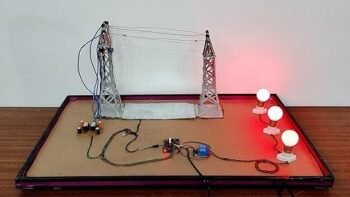

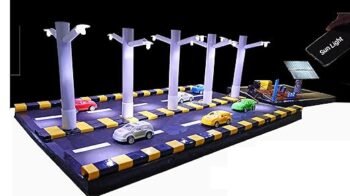
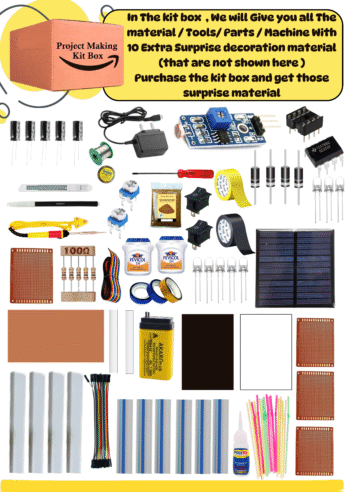
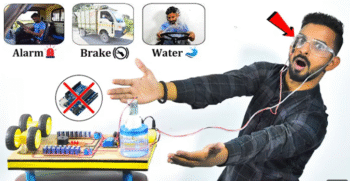
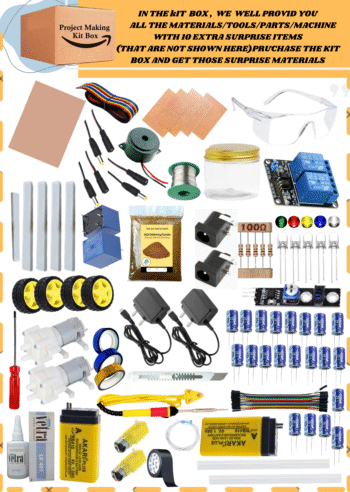
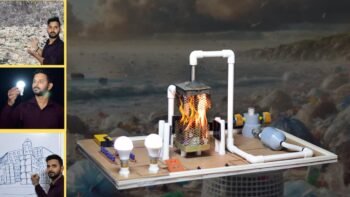
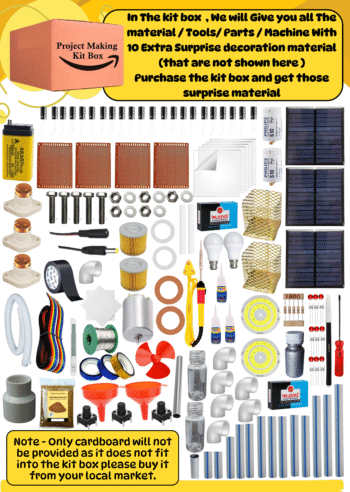

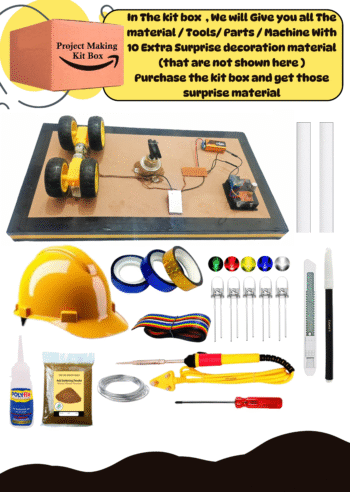

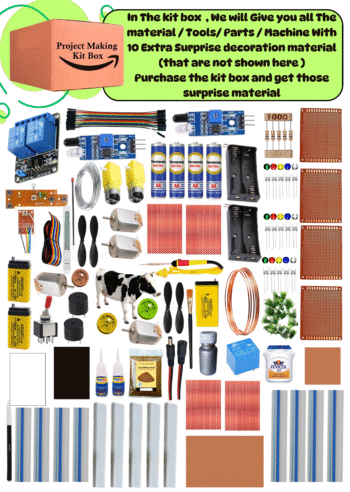
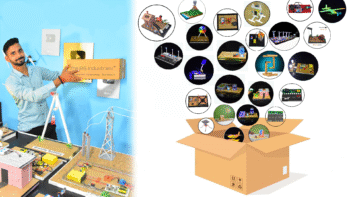


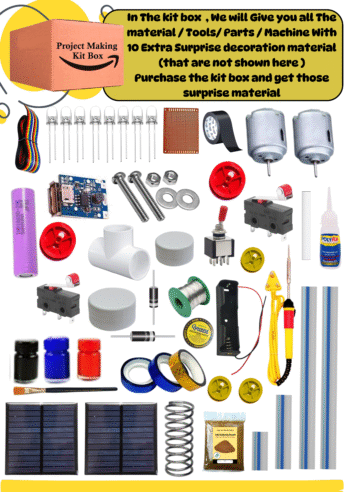

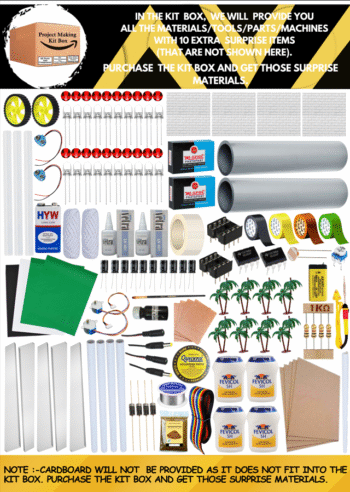

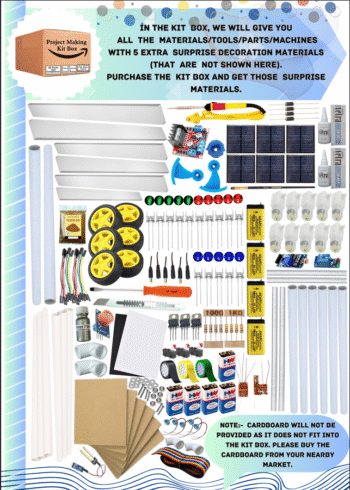
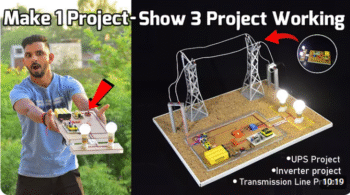
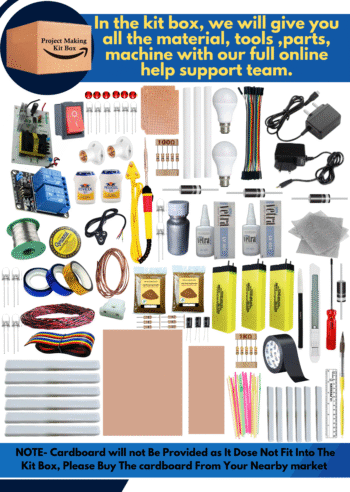
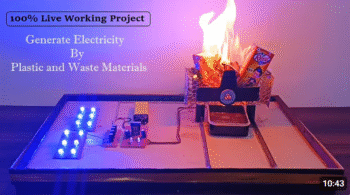
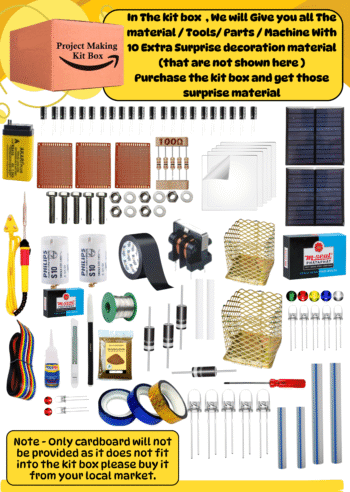
Reviews
There are no reviews yet.